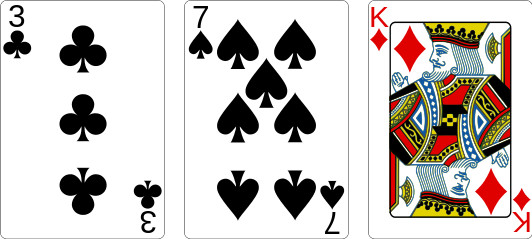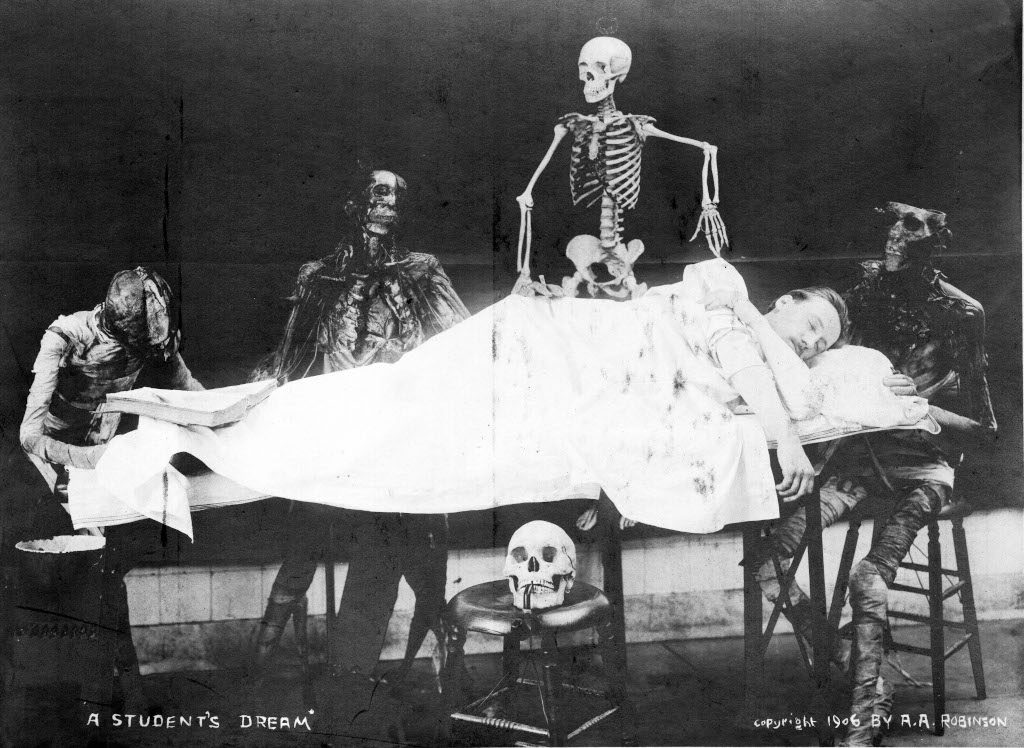Here’s a surprise: A new geoglyph has been found in the soil of the Nazca Desert in southern Peru.
This one, evidently a cat, appears to be the oldest yet — it may have been engraved in the earth as early as 200 B.C. and has been waiting all this time to be discovered.
“The figure was barely visible and was about to disappear because it is situated on quite a steep slope that’s prone to the effects of natural erosion,” the culture ministry wrote.
“It’s quite striking that we’re still finding new figures,” said chief archaeologist Johny Isla, “but we also know that there are more to be found.”








